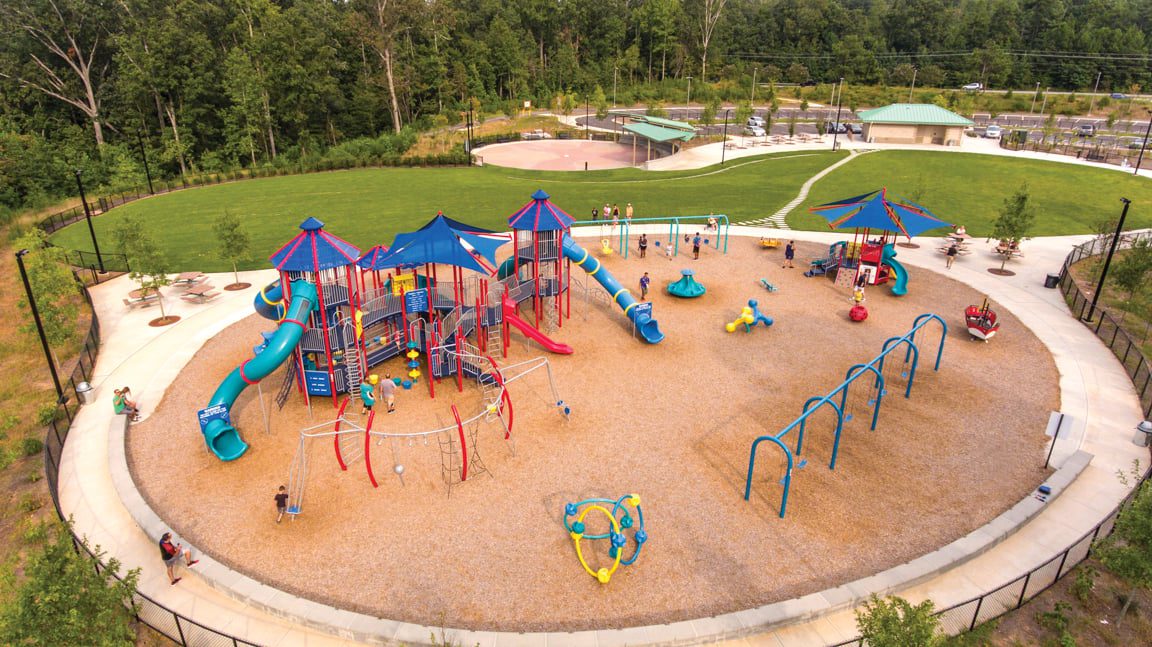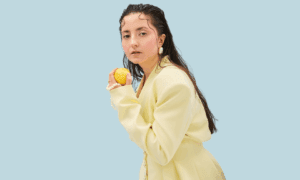Children are naturally drawn to color, movement, and imagination. These core elements make playgrounds a vital part of their development. They are places of joy, exploration, and social growth — spaces where learning meets play and creativity meets structure. But the potential of these spaces goes beyond swings and slides. One of the most transformative ways to enhance a playground’s purpose and experience is through painted surface designs.
This evolution in play design—commonly known as playground painting—is more than just adding color to the ground. It’s about creating interactive, safe, and stimulating environments that support physical activity, cognitive growth, and inclusive play. With the right design and application, painted playground surfaces can revitalize an outdated play area, enhance learning opportunities, and foster a stronger sense of community.
In this article, we will explore the concept, value, and impact of painted playground surfaces, and why this simple investment is one of the most powerful tools for modern play space improvement.
The Role of Visual Design in Play Environments
The human brain processes visual information faster than any other type. For children, visual cues and environments have a profound impact on how they engage with their surroundings. Bright colors, defined patterns, and playful shapes naturally capture attention and invite interaction.
Playgrounds that incorporate visual elements through painted surfaces promote several developmental outcomes:
- Motor skills development through physical games like hopscotch or agility ladders
- Cognitive growth from puzzles, numbers, letters, and problem-solving paths
- Sensory stimulation through colors, textures, and interactive patterns
- Emotional confidence as children explore and master new games and challenges
This approach doesn’t replace traditional playground equipment but complements it, offering a layer of play that can evolve with changing trends, seasons, or age groups.
Designing Purpose-Driven Playground Art
Not all painted playgrounds are created equally. Effective playground painting requires more than a coat of bright paint—it demands careful planning, age-appropriate design, and durable materials.
Understanding the Users
Design starts by considering the children who will be using the space. Age, ability levels, group size, and even cultural context should guide the layout. For example, younger children benefit from simple shapes, bold colors, and low-complexity games. Older children might be drawn to more competitive games or abstract problem-solving paths.
Defining Play Objectives
Are the painted elements meant to energize children physically? Teach numbers or letters? Encourage teamwork or imaginative play? Setting clear goals ensures the final result aligns with educational or recreational priorities.
Creating Zones
Large open playgrounds can be divided into zones using painted visuals. These zones help organize play into active, calm, educational, and imaginative areas. This not only increases the variety of play but reduces conflict by separating activities like running games from quiet puzzles or creative drawing spaces.
Types of Painted Playground Features
There is a vast variety of painted features that can be used to enrich any play environment. They can be educational, interactive, purely fun, or a mix of all three.
Classic Games
- Hopscotch
- Four-square
- Snakes and ladders
- Maze paths
- Target circles
These timeless favorites are easy to understand and promote social interaction and movement.
Educational Graphics
- Alphabet trails
- Number grids or spirals
- Time-telling clocks
- Geography maps
- Math puzzles
These markings encourage active learning, allowing children to practice key concepts through physical movement.
Imaginative Play
- Animal tracks or safari paths
- Space-themed circuits
- Color-coded stories
- Role-play streets with road signs
Such elements allow kids to create their own narratives and develop social-emotional skills.
Sensory and Inclusive Trails
For children with sensory processing needs or mobility challenges, surface painting can be used to create gentle trails or zones that support alternative forms of play. Tactile areas, soft color palettes, and clear visual boundaries can make a playground more welcoming and accessible to every child.
Materials and Application Techniques
The success of playground painting depends not only on design but also on the right materials and application techniques. A poorly applied design may fade quickly, peel, or even become unsafe.
Essential Features of Playground Paint:
- Non-toxic and child-safe: Paint must be free from harmful chemicals and safe for skin contact.
- Slip-resistant finish: Especially important in areas exposed to rain or frequent foot traffic.
- UV and weather resistant: Ensures durability in different climates.
- Vibrant and fade-resistant colors: So the design remains engaging for years.
- Strong adhesion: Particularly on concrete or asphalt surfaces.
Professional contractors typically use industrial-grade paints or thermoplastics applied with specialized equipment. Stencils are used for precision, and surfaces are cleaned thoroughly beforehand to maximize adhesion and lifespan.
Maintenance and Lifespan
Even the best materials need periodic care. Maintenance ensures that painted surfaces remain safe and visible, especially in high-traffic areas like schools or public parks.
General Maintenance Tips:
- Regularly inspect for fading or chipping
- Clean surfaces to remove dirt and debris
- Repaint high-use games every few years
- Use clear sealants for added protection if necessary
On average, high-quality playground painting can last 4–6 years with proper care. Periodic updates also provide an opportunity to refresh the space with new themes or age-appropriate games as children grow.
Benefits for Schools and Communities
When executed thoughtfully, playground painting yields benefits that extend beyond the playground itself. Educational institutions, municipalities, and private organizations can all see positive returns on their investment.
Boosts Physical Activity
Painted games naturally encourage movement. Whether children are racing along a painted track or hopping across numbers, they’re building strength, endurance, and coordination.
Enhances Learning
When children physically engage with letters, numbers, or shapes, they retain information more effectively. Learning becomes part of play, making it more fun and less intimidating.
Builds Social Skills
Group games like four-square or relay-style activities teach cooperation, turn-taking, and communication. These experiences are essential for emotional development and school readiness.
Encourages Inclusivity
Custom painted elements can cater to various abilities and needs, making play spaces more inclusive. Children with mobility challenges can participate in sensory games that require only small movements or interaction from wheelchairs.
Improves Aesthetics
Visually appealing playgrounds reflect positively on the entire property. For schools and community centers, bright, well-maintained play areas demonstrate a commitment to child development and safety.
Professional vs. DIY: Making the Right Choice
While it may be tempting to attempt playground painting as a weekend DIY project, achieving long-lasting, safe, and educational results typically requires professional expertise. A skilled provider brings:
- Knowledge of safety regulations
- High-performance, certified materials
- Accurate stencil work and layout planning
- Efficient, weather-appropriate application
- Long-term maintenance guidance
Hiring an experienced team ensures that your investment looks professional, functions as intended, and stands the test of time.
For organizations prioritizing safety, accessibility, and quality, working with a dedicated surface design team is often the smartest and most cost-effective choice.
Final Thoughts
Playgrounds are more than physical structures—they are environments where children discover, imagine, and connect. The introduction of surface design through playground painting turns these areas into vibrant learning landscapes. It’s a blend of color, creativity, and intention, bringing new life to otherwise plain surfaces.
Whether revitalizing an old concrete space or adding educational value to a modern playground, painted designs have the power to influence how children move, think, and feel. It’s a simple yet powerful tool for enriching play—and one that continues to grow in popularity as schools, cities, and organizations realize its long-term impact.
Investing in quality playground surface art is not just about aesthetics. It’s about creating spaces that truly support childhood in all its dynamic, colorful, and curious forms



































